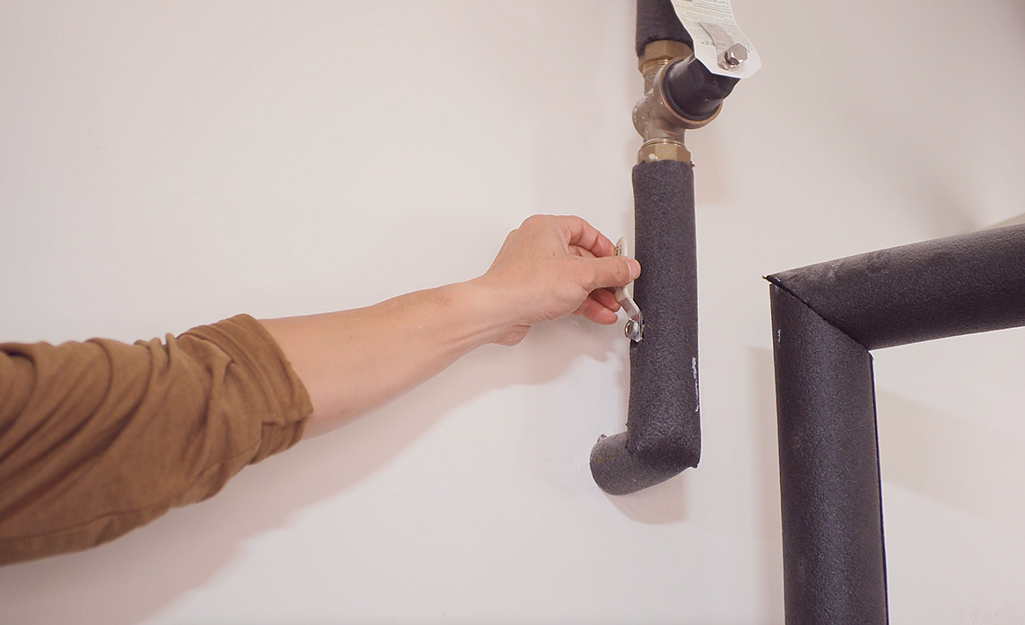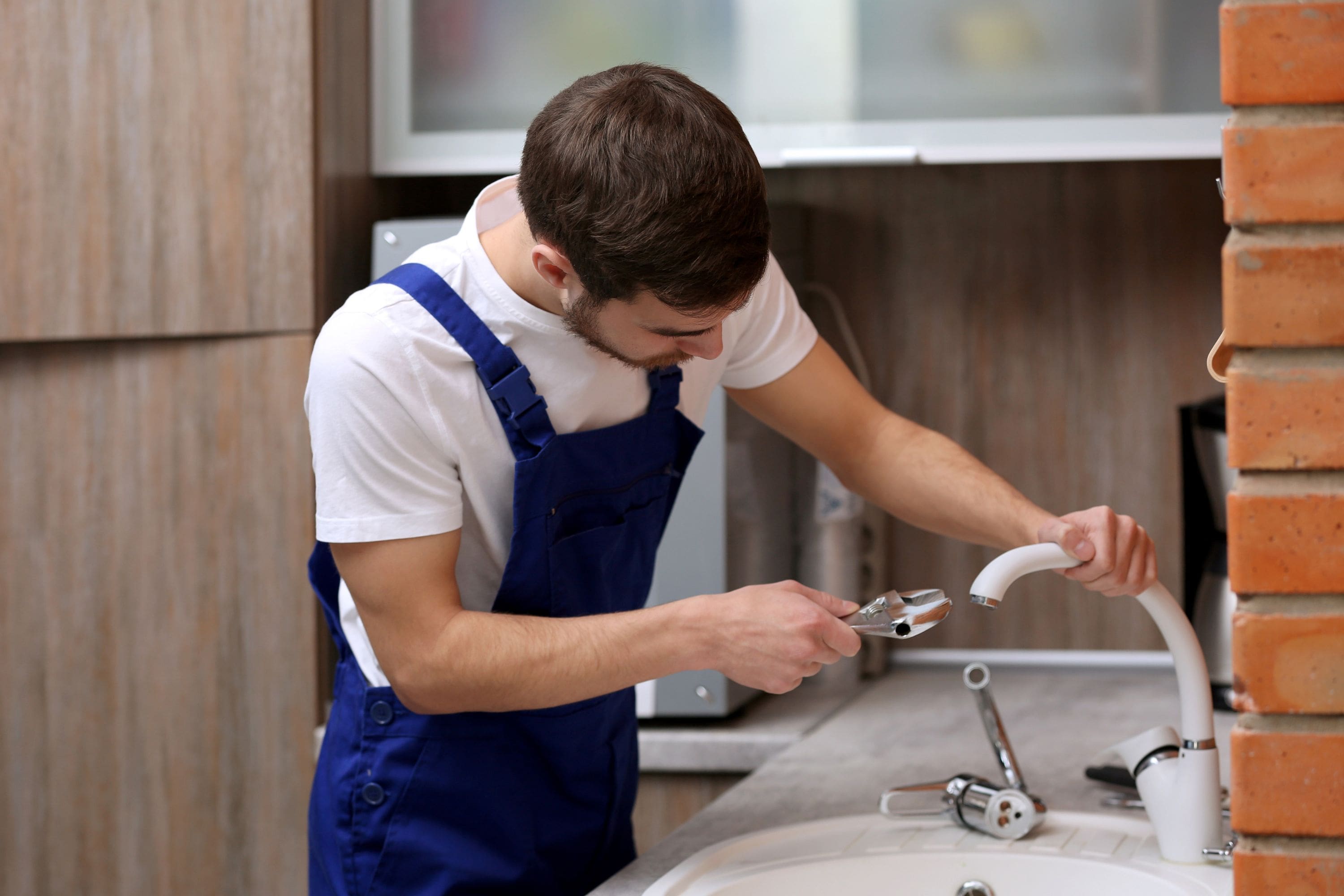My Motives Behind Dealing with a Broken Faucet
My Motives Behind Dealing with a Broken Faucet
Blog Article
Are you trying to locate guidance around Leaky Faucets: Why They Happen & What to Do About Them?

Trickling taps may seem like a minor hassle, but their impact goes beyond simply the nuisance of the sound. From drainage to sustaining unneeded financial expenses and health risks, ignoring a dripping tap can cause various consequences. In this article, we'll delve into why it's essential to resolve this usual home issue without delay and successfully.
Wastage of Water
Ecological Influence
Leaking taps add dramatically to water wastefulness. According to the Environmental Protection Agency (EPA), a solitary faucet leaking at one drip per second can lose more than 3,000 gallons of water per year. This not only pressures water resources but likewise influences ecosystems and wild animals dependent on them.
Financial Prices
Increased Water Costs
Beyond the ecological impact, leaking taps can blow up water bills significantly. The accumulated wastage over time translates right into greater energy expenditures, which could have been avoided with timely repairs.
Possible Property Damages
Furthermore, prolonged trickling can result in harm to components and surface areas surrounding the tap. Water accumulation can trigger discoloration, corrosion, and even structural concerns if left ignored, causing extra repair service prices.
Wellness Concerns
Mold and Mold Development
The continuous existence of moisture from a dripping tap produces a suitable setting for mold and mildew and mold development. These fungis not just endanger interior air top quality however likewise present health and wellness dangers, specifically for people with respiratory conditions or allergies.
Waterborne Illness
Stationary water in trickling faucets can end up being a breeding ground for bacteria and other virus, increasing the risk of waterborne diseases. Contaminants such as Legionella germs prosper in stationary water, possibly leading to major diseases when ingested or breathed in.
Do it yourself vs. Professional Repair
Pros and Cons of DIY Fixing
While some may attempt to repair a leaking tap themselves, do it yourself repair services include their own collection of obstacles. Without proper understanding and tools, DIY attempts can exacerbate the concern or lead to incomplete repairs, prolonging the trouble.
Advantages of Hiring a Professional Plumber
Hiring a professional plumber makes certain that the underlying reason for the trickling faucet is addressed effectively. Plumbing professionals have the expertise and tools to detect and repair tap problems efficiently, conserving time and lessening the threat of further damages.
Step-by-Step Overview to Fixing a Dripping Faucet
Devices Needed
Before trying to fix a trickling faucet, gather the needed devices, consisting of a flexible wrench, screwdrivers, substitute parts (such as washing machines or cartridges), and plumber's tape.
Common Tap Issues and Their Solutions
Identify the kind of faucet and the certain problem triggering the drip. Typical problems include worn-out washing machines, rusty valve seats, or faulty O-rings. Describe producer instructions or on-line tutorials for detailed support on repair services.
Safety nets
Routine Upkeep Tips
To stop dripping taps, do regular maintenance such as cleaning up aerators, evaluating for leakages, and changing damaged components promptly. Additionally, take into consideration mounting water-saving gadgets or updating to a lot more effective fixtures.
Significance of Prompt Repairs
Resolving trickling taps as soon as they're observed avoids further water waste and potential damages, eventually saving both water and money over time.
Impact on Residential Or Commercial Property Worth
Assumption of Well-Maintained Property
Preserving a home in good condition, including dealing with maintenance problems like dripping faucets, enhances its perceived value and charm amongst potential customers or lessees.
Influence on Resale Worth
Residences with well-kept plumbing components, including faucets, command higher resale worths in the realty market. Resolving trickling faucets can contribute to a positive impact throughout residential property inspections and negotiations.
Environmental Responsibility
Private Contribution to Preservation
Taking responsibility for taking care of dripping taps lines up with wider efforts toward water conservation and environmental sustainability. Every person's activities jointly make a significant effect on protecting precious sources.
Lasting Living Practices
By focusing on punctual repairs and adopting water-saving practices, individuals contribute to lasting living practices that benefit both present and future generations.
Conclusion
Dealing with a dripping tap exceeds mere comfort; it's an essential action towards saving water, reducing economic expenses, and securing health and wellness and building. Whether with DIY repair work or professional assistance, taking action to fix dripping taps is a small yet impactful method to advertise liable stewardship of resources and contribute to a healthier, extra sustainable future.
How to Fix a Dripping or Leaky Faucet
A leaking faucet is one of the most common problems that homeowners encounter, but it being commonplace doesn’t make it any less annoying. The constant drip drip drip of a leaking bathtub faucet, showerhead, or sink tap can disturb your home’s serenity. Left neglected, a dripping faucet can also result in higher water bills and discoloration or mold growth in your sink or plumbing fixtures.
Fortunately, you don’t have to be a trained plumber to know how to stop a dripping faucet. With some basic tools, replacement parts, and a little patience, leaky faucet repair is a breeze. In this article, we’ll explain what causes dripping faucets and how you can fix them.
What Causes a Leaking Faucet?
Kitchen and bathroom faucets come in all manner of designs, but most involve some combination of valves, O-rings, seals, and washers. The O-ring is usually the weakest link, but any one of these pieces can wear down over time. Heat, moisture, temperature fluctuations, minerals, mold, and movement can contribute to warping and corrosion, breaking the watertight seal. This just comes with the territory of being a homeowner. Everything is always subject to wear and tear, and some component parts of your appliances and fixtures need to be replaced on occasion. At least replacement O-rings are cheap!
More rarely, dripping faucets can be a symptom of excessively high water pressure. Were this the case in your home, you would probably notice that the leak is not isolated to one faucet. Water pressure issues are harder to resolve on your own. We recommend contacting a professional plumber if you suspect your water pressure is too high.
How to Fix a Dripping Faucet
Pipe wrench or monkey wrench Allen wrench set Screwdrivers Old towel or rag Shut off the water.
Before you do anything, you need to turn off the water to keep from drenching your kitchen or bathroom. You should find a valve under the sink and against the wall. Once you’ve turned this valve, try turning the faucet on to confirm that the water source has been cut off.
If you can’t locate your local valve for the faucet you’re working on, you can always shut off the water to the house at the main valve. Of course, this will prohibit anyone from using the sinks, showers, or toilets while you’re working on the faucet that’s giving you trouble.
Plug or block the drain.
You’ll be disassembling the faucet and removing some small bits of hardware. Plug the drain with a stopper or rag to avoid the possibility of a small screw falling into your P-trap.
Take apart the faucet assembly.
There are several varieties of kitchen and bathroom faucets, each with its own manner of assembly. For detailed instructions on how to disassemble your faucet, you can refer to the fixture’s manual or contact the manufacturer. If you know whether you have a ball, disc, cartridge, or compression faucet, you can find detailed schematics online.
In general, you need to begin by removing the faucet handles. You might notice a small screw that you’ll need to remove with a screwdriver or Allen wrench. If you don’t see any visible securing hardware, it’s likely hidden under a decorative cap that can be unscrewed or popped off with flathead screwdriver.
Remove each piece methodically, consulting a schematic when necessary. Take notes or arrange the pieces in such a way to make it easier to correctly reassemble the faucet later.
Remove the cartridge.
Once you’ve removed the handles and securing hardware, you should be able to remove the valve cartridge or stem. Some cartridges will slide right out. Other faucet models will require you to loosen a nut with a pipe wrench before you can remove the valve stem.
Examine the exposed hardware.
With the cartridge or stem removed, inspect the component parts. Check the rubber O-rings for wear and tear. Also examine the seat washer for corrosion or other damage. These pieces are usually the responsible parties for a dripping faucet, but it’s worth inspecting the other component parts while you have the faucet disassembled.
Find replacement parts.
Once you’ve identified which faucet component has failed, find an identical replacement. Your local hardware store should have O-rings, seat washers, and other standard components in stock. If you have a luxury or uncommon faucet, you may have to contact the manufacturer for a replacement part.
It’s a good idea to take your old parts with you to the hardware store so you can compare them with the store’s inventory and be sure you’re purchasing the correct replacement.
Reassemble the faucet.
With your new parts in hand, reconstruct the faucet and handles. Don’t be tempted to overtighten screws or nuts. You might think this could create a better seal, but it can instead damage or bend a delicate part of the assembly and create a new problem for you.
Turn on the water and test the faucet.
The only thing left to do is test your work. Unplug the sink, turn the water back on, and try the faucet. Congratulate yourself on a job well done!
https://www.libertyhomeguard.com/how-to-fix-a-dripping-or-leaky-faucet/

We had been made aware of that report about Why Are My Faucets Dripping (And Can I Fix It Myself)? from an associate on a different web property. Enjoyed our review? Please quickly share it. Help somebody else find it. Thanks a lot for your time. Return soon.
Report this page